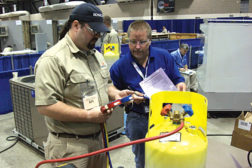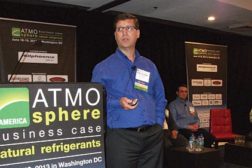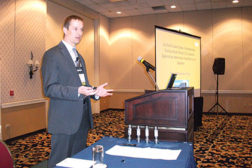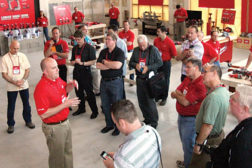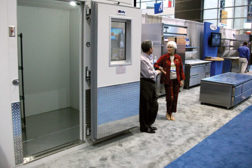Articles by Peter Powell
TV Station Airs Story on R-22 Phaseout
Read More
HVACR Prospects Match Wits at SkillsUSA Competition
Secondary and Post-Secondary HVACR Students Put their Skills to the Test
Read More
Obama’s Climate Action Plan Targets HFC Reduction
International and Domestic Initiatives Push Phase Down, Reduced Use
Read More
Papers Ponder Ammonia, Heat Transfer
Ongoing Developments Regarding Natural Refrigerants and Continued Commitment to Refrigeration Basics
Read More
Magnetic Cooling Offers Alternative Cooling Process
Research Yields a Substitute to the Compression and Expansion Cycles
Read More
Refrigeration Innovations Earn Applause
Freezers, Cooler Components Earn Top Awards at National Restaurant Association Show
Read More
Copyright ©2024. All Rights Reserved BNP Media.
Design, CMS, Hosting & Web Development :: ePublishing


